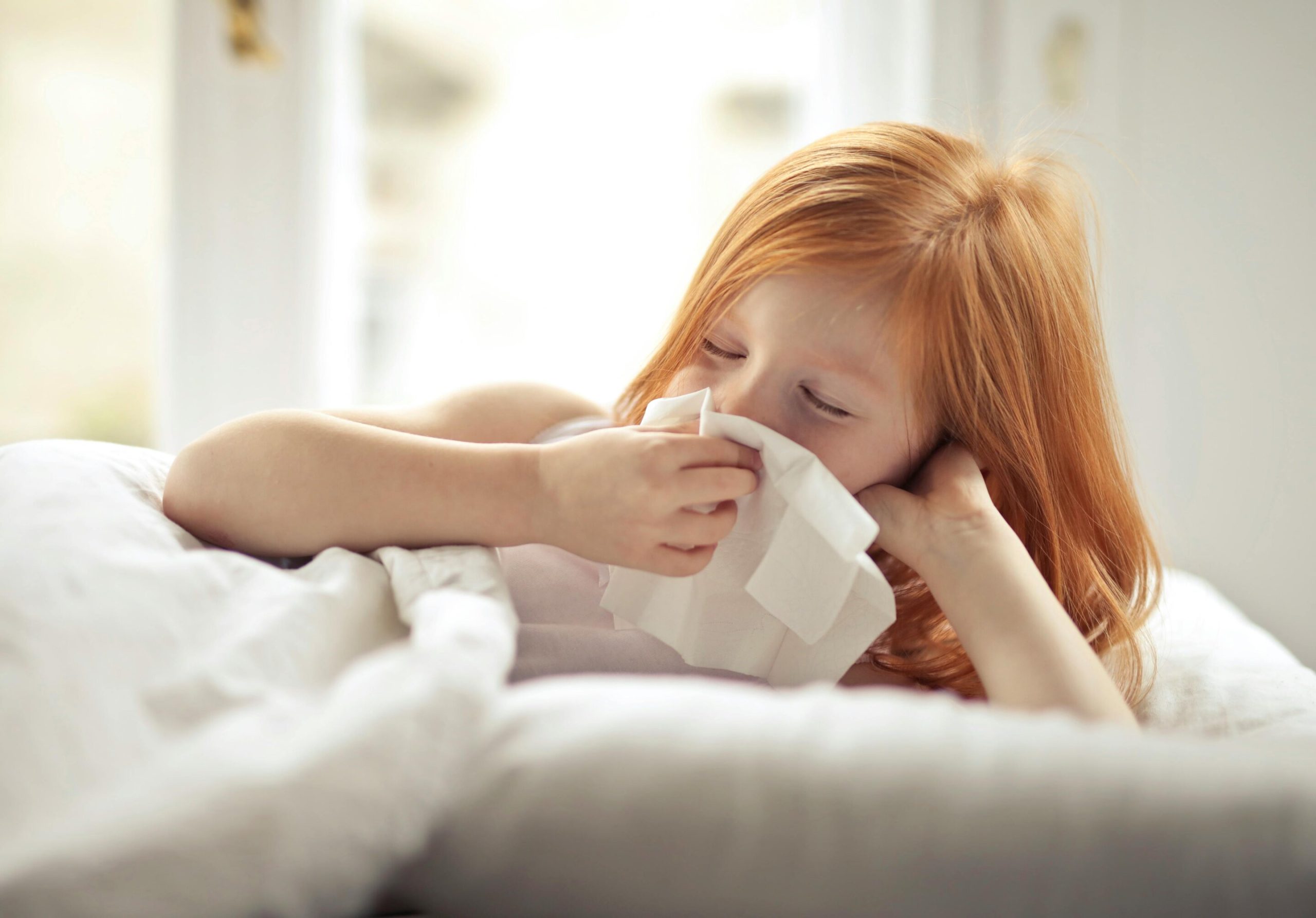
Children with asthma who are exposed to high levels of indoor allergens, such as cockroach and mouse allergens, are at an increased risk of developing respiratory viral infections with symptoms, according to a new study by researchers at Dell Medical School at The University of Texas at Austin.
The study, published in the Journal of Allergy and Clinical Immunology, reveals that these indoor allergens not only heighten the likelihood of upper respiratory infections with cold symptoms but also contribute to more severe pulmonary outcomes, including reduced lung function and increased inflammation.
“This research highlights the critical role that environmental factors, particularly those found in disadvantaged communities, play in exacerbating respiratory infections among children with asthma,” said lead author Darlene Bhavnani, Ph.D., an infectious disease epidemiologist and assistant professor of population health at Dell Med.
“By understanding these links, we can better target interventions to reduce exposure to harmful allergens and improve health outcomes in at-risk populations.”
Key findings of the study include:
- Children with persistent asthma who lived in homes with high levels of cockroach and mouse allergens were more likely to have upper respiratory viral infections with cold symptoms.
- Higher levels of pest allergens in the home were also connected to a greater chance of having breathing problems when sick.
- This link was stronger in children who were allergic to these pest allergens.
“These results could help explain why some children, especially those who live in underserved areas, have more trouble with their asthma than others,” said Bhavnani.
The study suggests that interventions that help to achieve healthy housing and healthy neighborhoods could decrease the risk of respiratory infections in children with asthma. Future research will look at whether other factors in the home and neighborhood environment, such as air pollution, also play a role in how often kids with asthma get colds.
More information:
Darlene Bhavnani et al, Indoor Allergen Exposure and its Association to Upper Respiratory Infections and Pulmonary Outcomes among Children with Asthma, Journal of Allergy and Clinical Immunology (2024). DOI: 10.1016/j.jaci.2024.08.006
Citation:
Indoor allergens worsen respiratory infections in children with asthma, study finds (2024, September 12)
retrieved 13 September 2024
from https://medicalxpress.com/news/2024-09-indoor-allergens-worsen-respiratory-infections.html
This document is subject to copyright. Apart from any fair dealing for the purpose of private study or research, no
part may be reproduced without the written permission. The content is provided for information purposes only.


